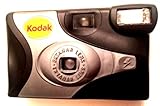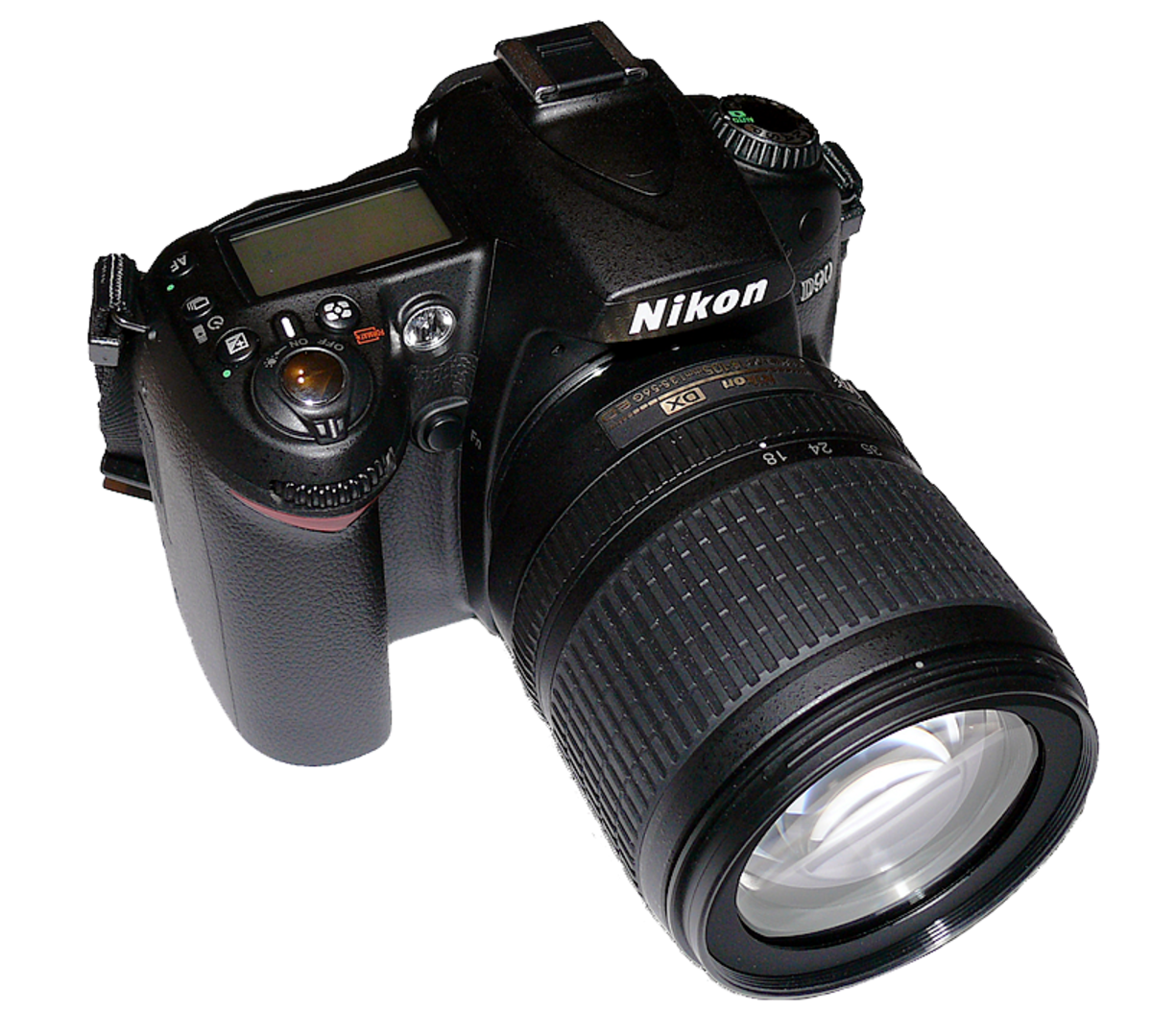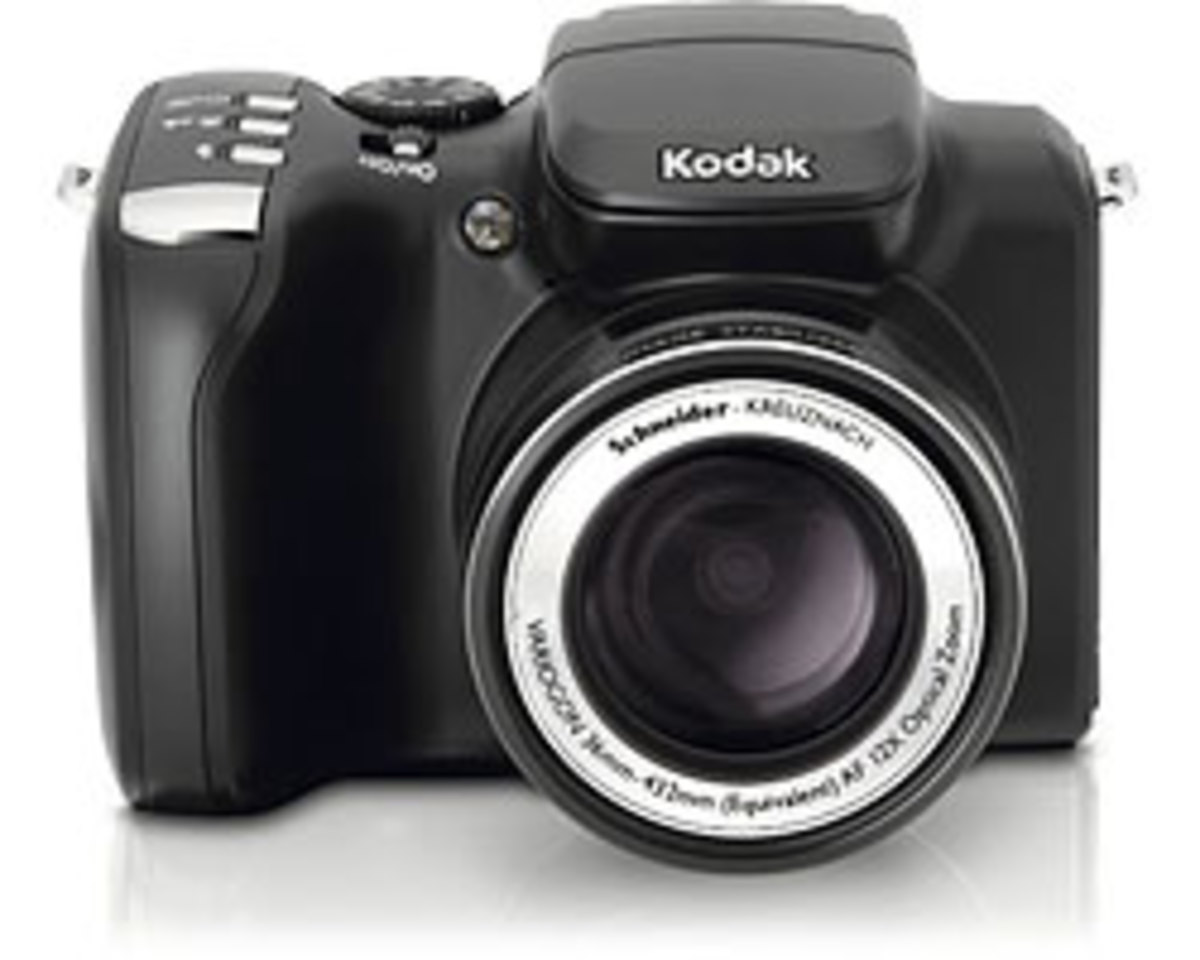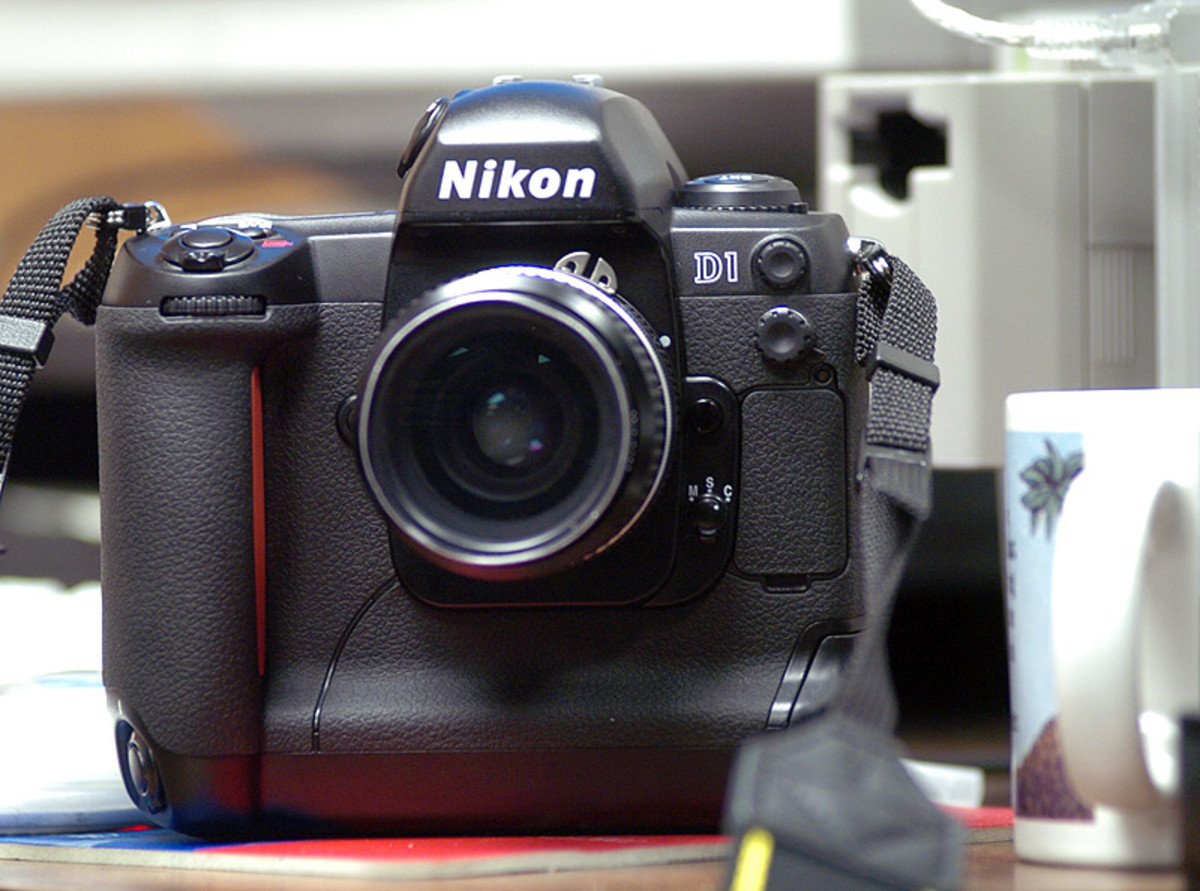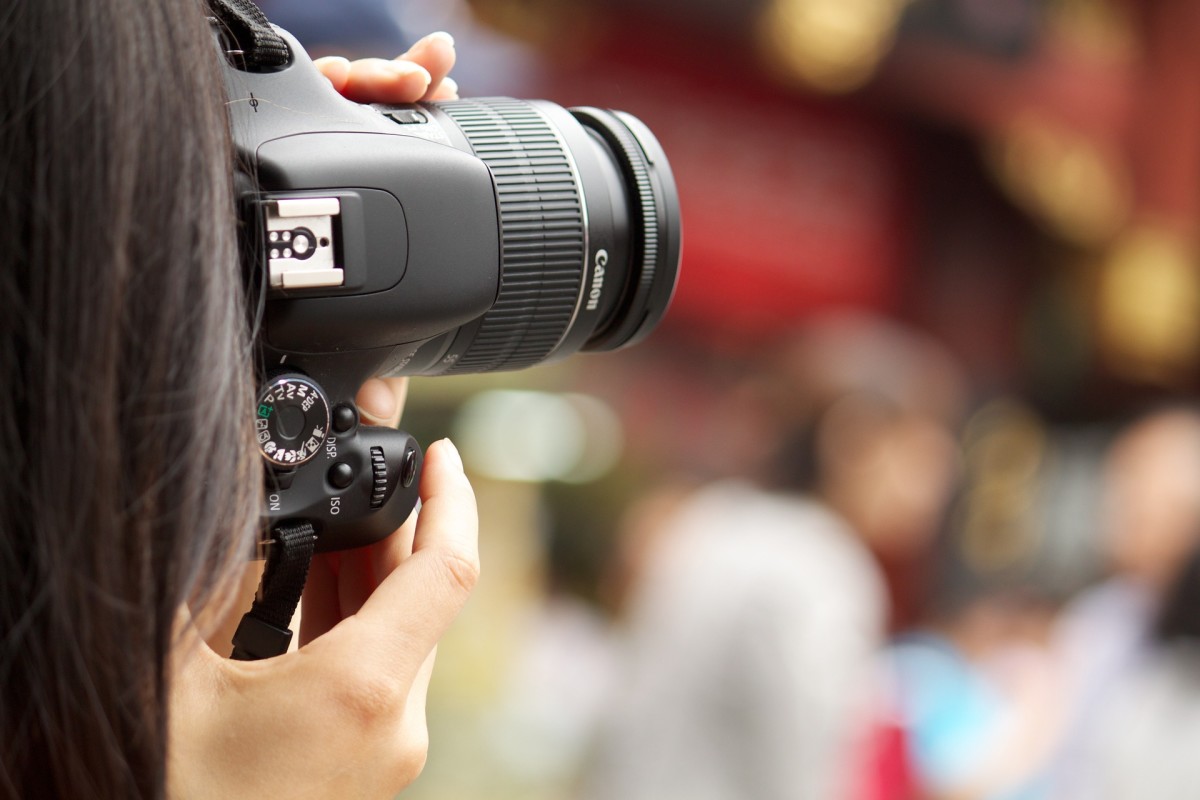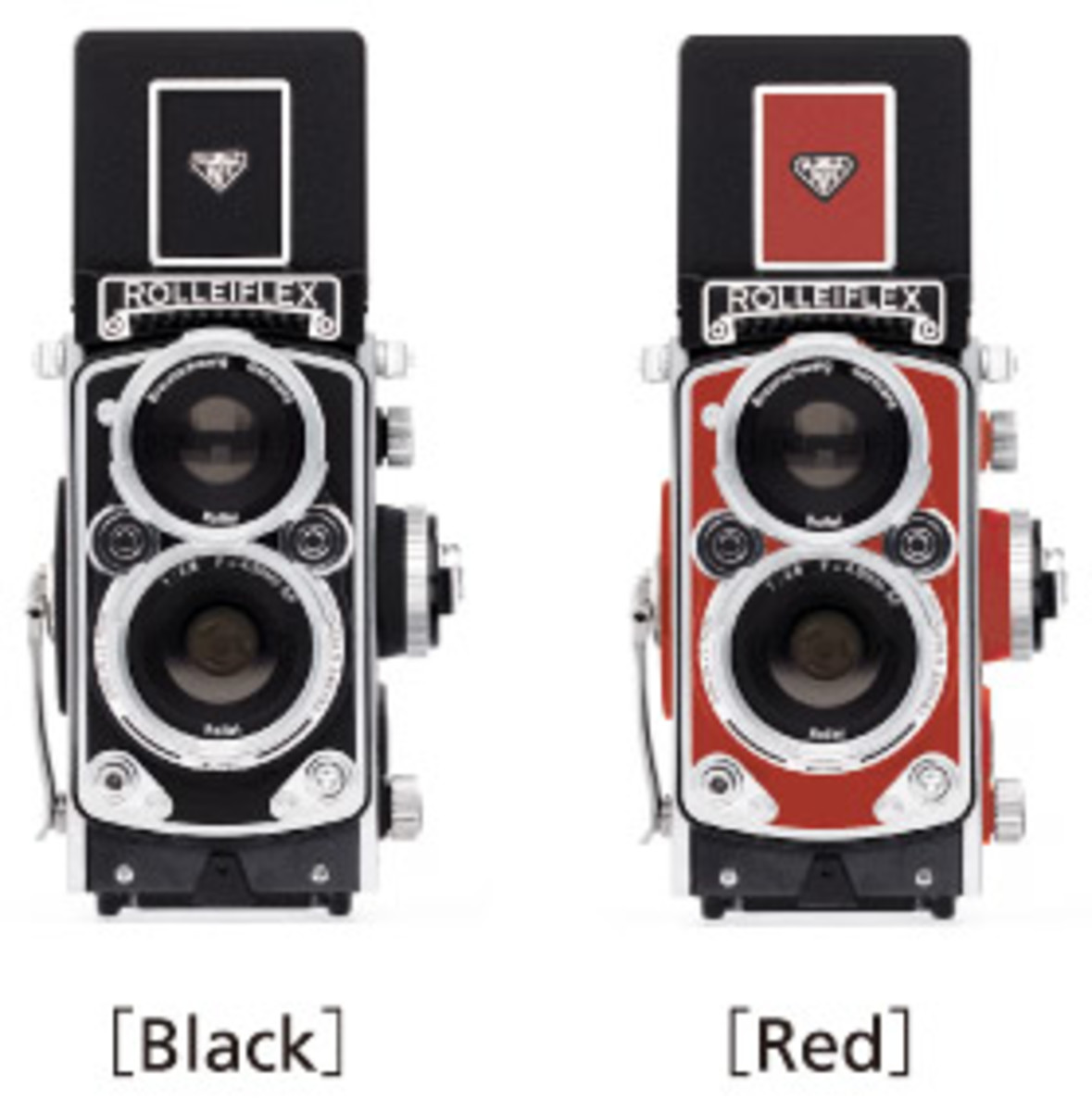- HubPages»
- Technology»
- Consumer Electronics & Personal Gadgets»
- Portable Electronics
Disposable Film to Disposable Digital
Disposable Kodak Camera
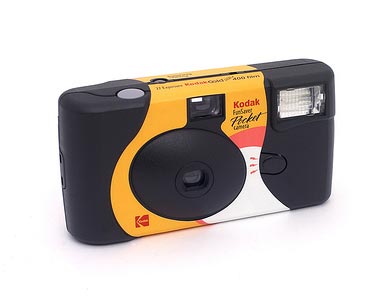
History of the Disposable Camera
The disposable camera was always a cool thing to give kids when you go on vacation or to grab for the school field trip. I mean if you lost it or broke it, the camera was only a few bucks anyway, no real financial loss.
Surprisingly, or not, the first disposable, one- time use camera was developed by Fuji Films in 1986. The Utsurun-Desu, or QuickSnap, was a 35 mm film box- shaped camera that took about 20 pictures.
Eastman Kodak, then, came out with the Fling in 1987. The fling was a 110 mm film camera, which was a big improvement on the Fuji QuickSnap, but was discontinued one year later when the Kodak FunSaver was marketed. The FunSaver was a 35 mm film camera, and the first of the FunSaver line.
And, because of the appeal of the one- time use camera, Nikon, Canon, and Konica, started marketing their own disposable film camera, but Fuji was the first to introduce the camera and first to make substantial improvements to it.
Fuji Films was the first to introduce panoramic photography, waterproof cameras, and the flash.
By, the early 2000s disposable cameras were the rage for tourists, school kids, teachers, parents, and everyone in between who just wanted to take pictures of the family vacation, school field day events or field trip, sports events, ball games, and more.
Disposable Fuji Camera
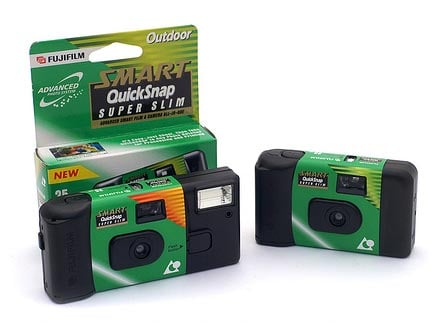
Disposable Film Cameras
The disposable film camera is still pretty popular. You can find them at many store checkout counters, especially at Target and Walmart, so they're still popular and being used and improved upon.
Eastmant Kodak and Fuji Films both have their own sports and waterproofed cameras for vacations and such. These are both popular to give to younger kids.
My little cousins used to get girly disposable cameras in their stockings on Christmas morning. I mean, they're cheap gifts that kids love. They can a photographer just like mom or dad with their one- time use camera.
These cameras are easy to use. Just wind up the reel on the back of the camera, focus, point, and click. You've taken your picture. Simple. Then, once you've finished the camera, you just take the camera to a printing stand (usually in a pharmacy, such as WalGreens, Rite- Ait, CVS, etc, and sometimes in grocery stores, Target, and WalMart). You can usually pick up the prints in 24 hours, sometimes 1 hour, depending on if the photography booth.
But, is the disposable film camera here to stay, or will it slowly fade away like the multiple- use film cameras?
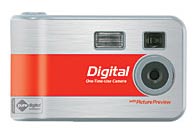
Kodak Digital Disposable Cameras
Digital Disposable Camera
Personally, I think over time, when the disposable digital camera is more popular and cheaper than $20 each, they will start to overcome the disposable film camera. But, it's going to take a few years because the disposable film cameras are usually less than $5 on average.
Although, the Kodak digital one- time use cameras are on average around $10, that's still much more than a regular Kodak film disposable camera.
I mean, the digital one- time use cameras have already been on the market since 2004, and you still rarely see them around. They're not the ones you find at the checkout counter.
The digital version of the disposable camera is much more expensive and the process of getting the film developed is more expensive. Plus, in comparison to the average digital camera or even a regular film disposable camera, the picture quality is pretty poor.
I believe there are three companies that have digital disposable cameras, Kodak, Ritz Camera Centers, and Pure Digital, but I could be wrong, as there may be other companies with one- time use digital cameras, but I haven't really kept up with them.
When you use a disposable digital camera, take it to get the pictures printed, you not only get the physical pictures, but a CD with all the pictures on the camera, same perks as a regular digital camera. But, this makes the development a higher price.
And, similar to a regular digital camera, you can delete pictures that you're not happy with, but like a regular film disposable camera, you can only take 25 pictures.
It's up to you to decide if it's worth it.



